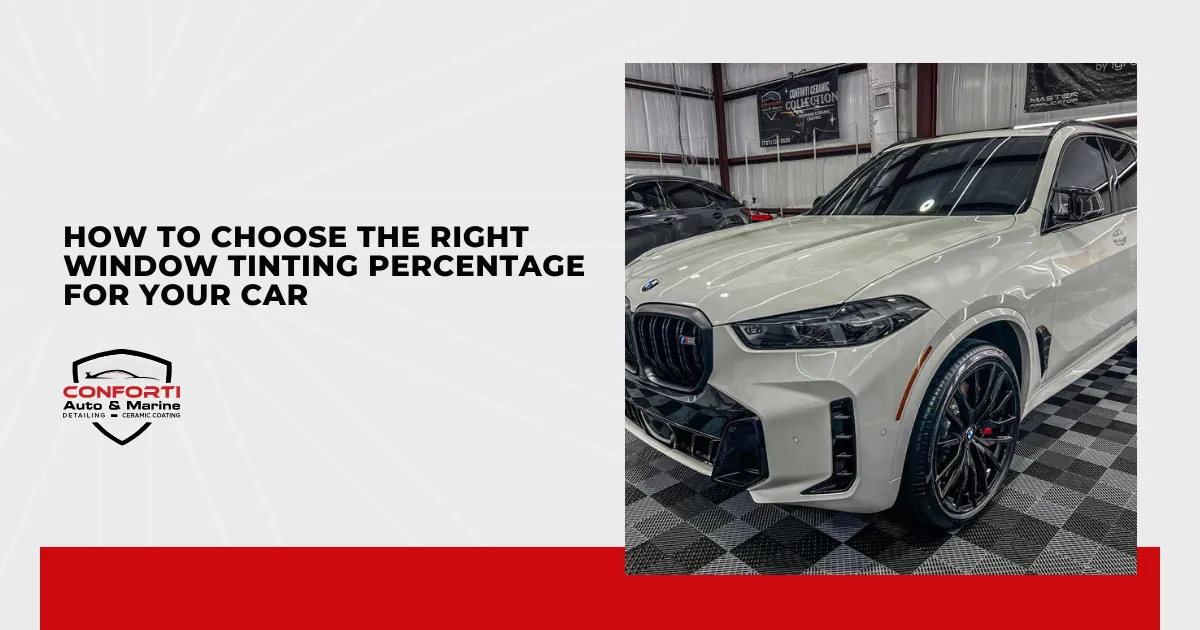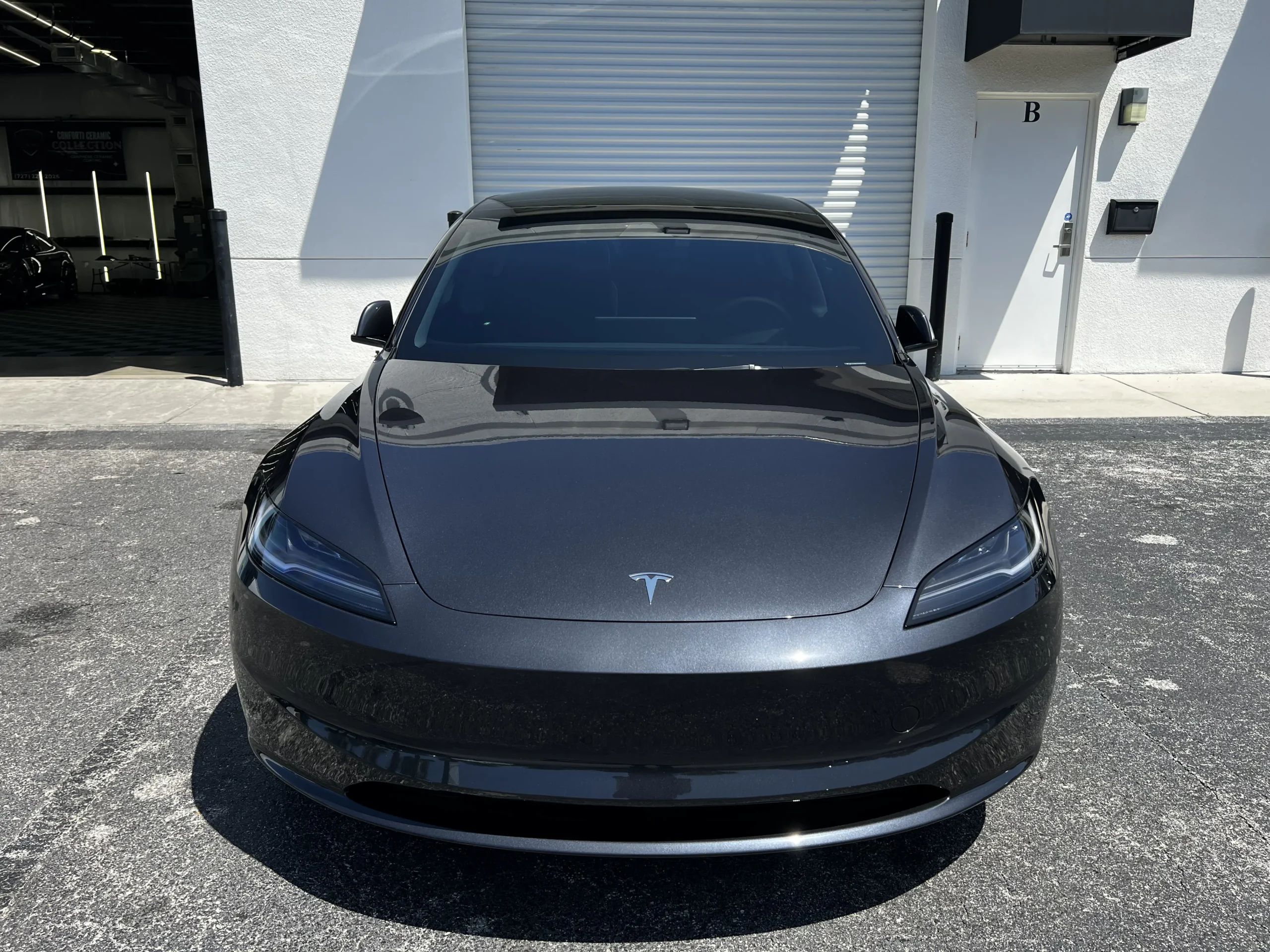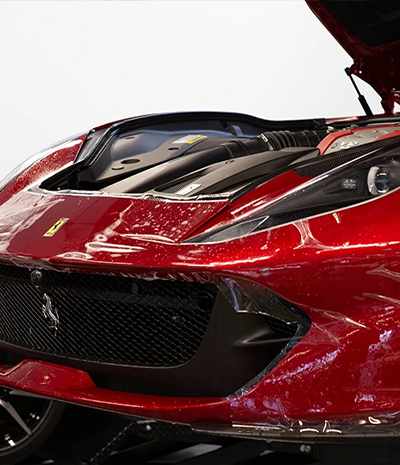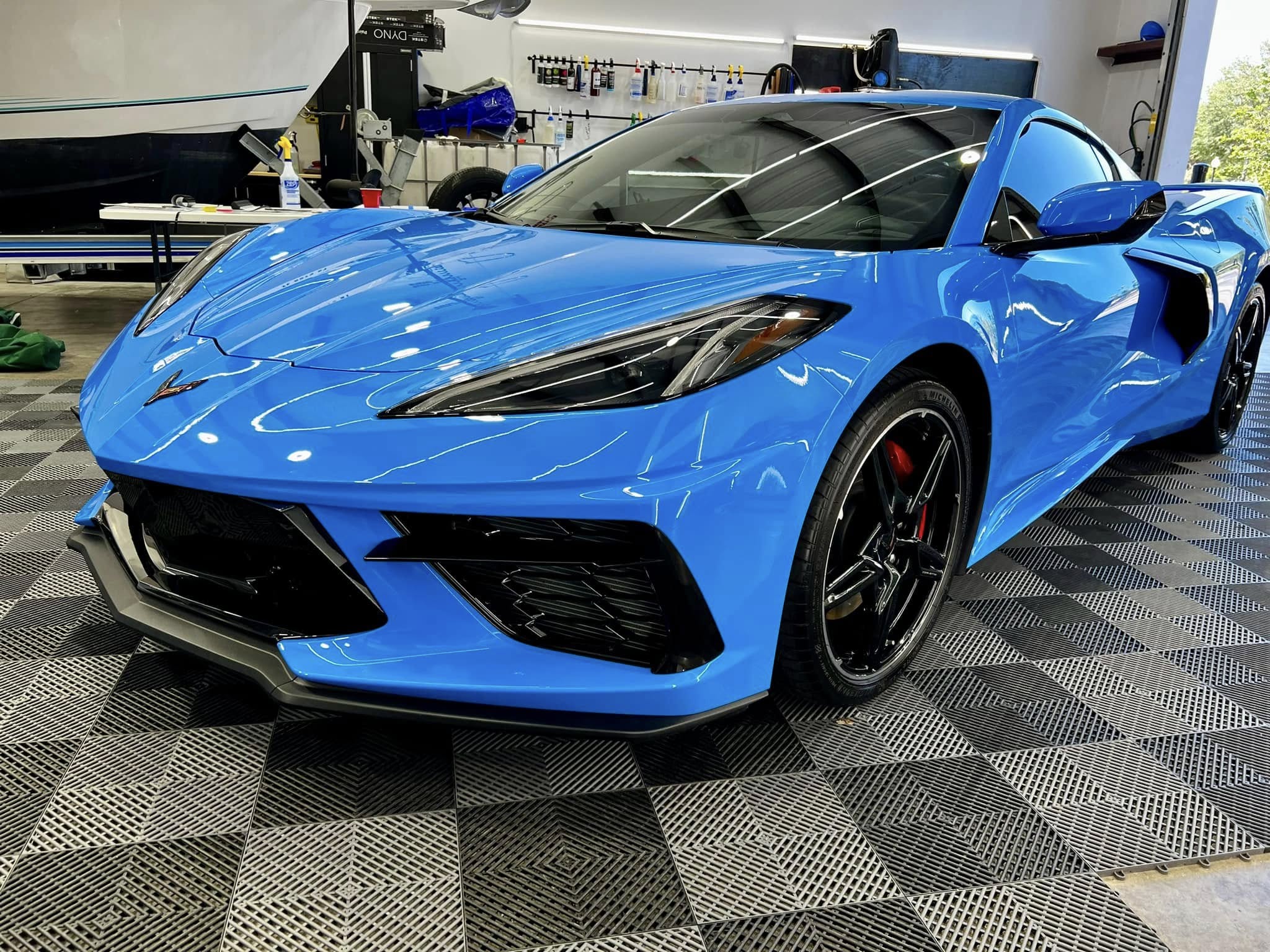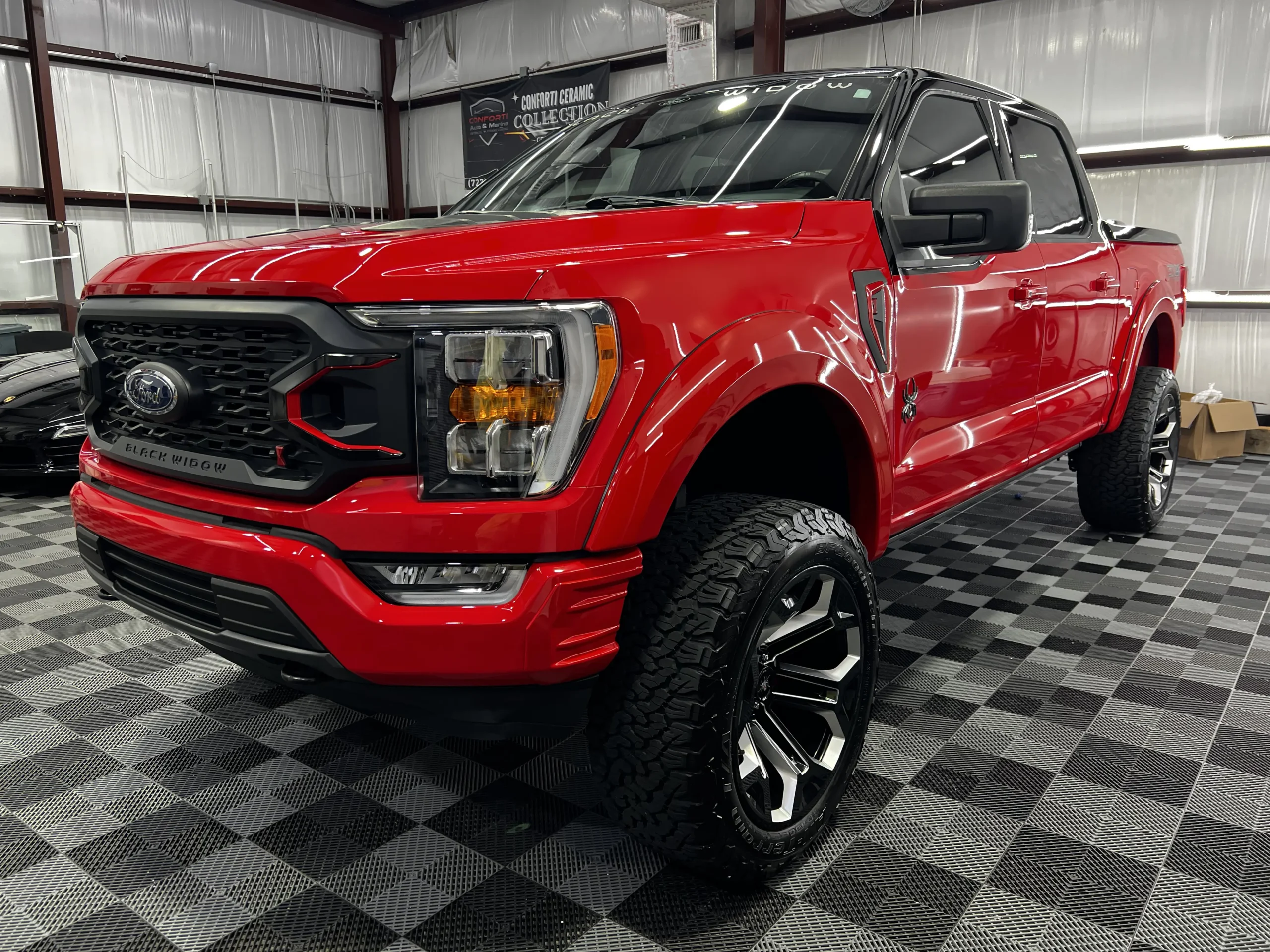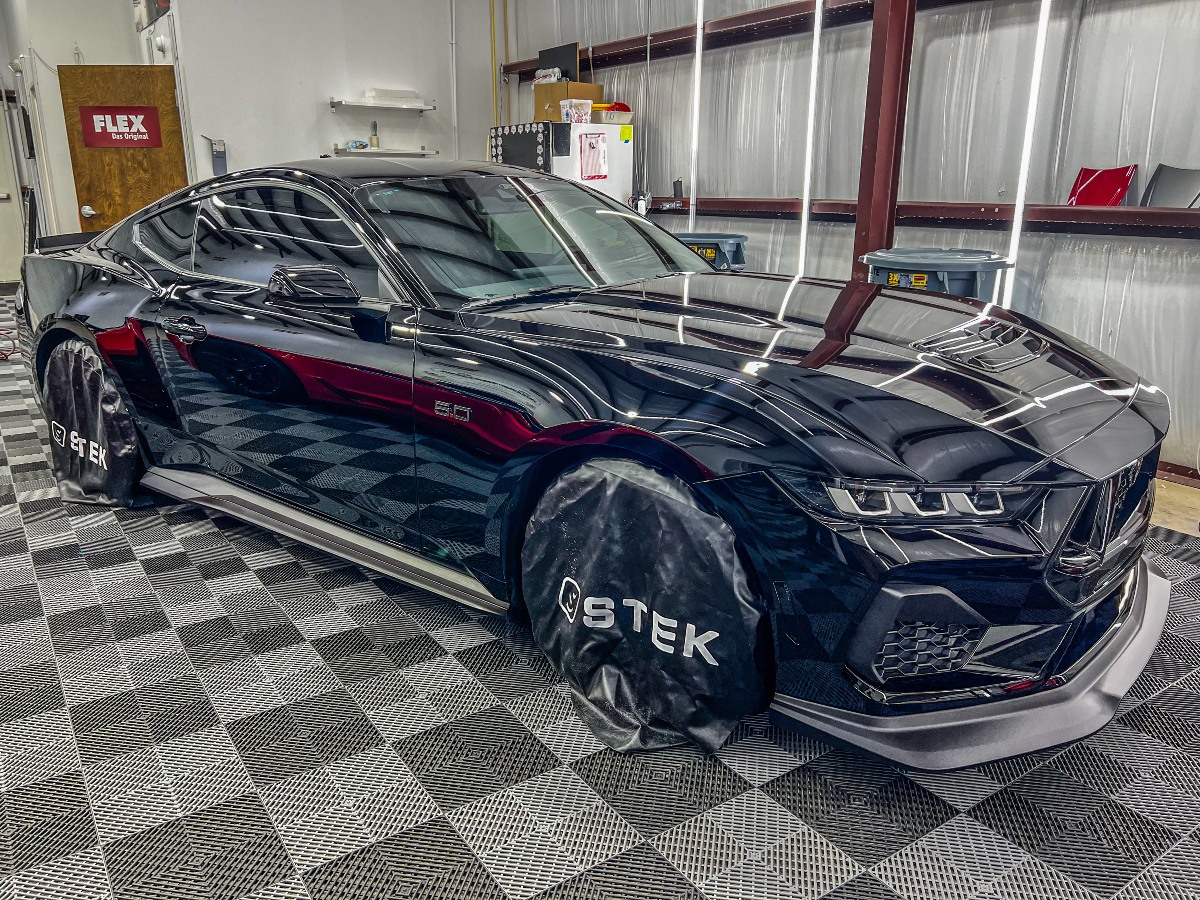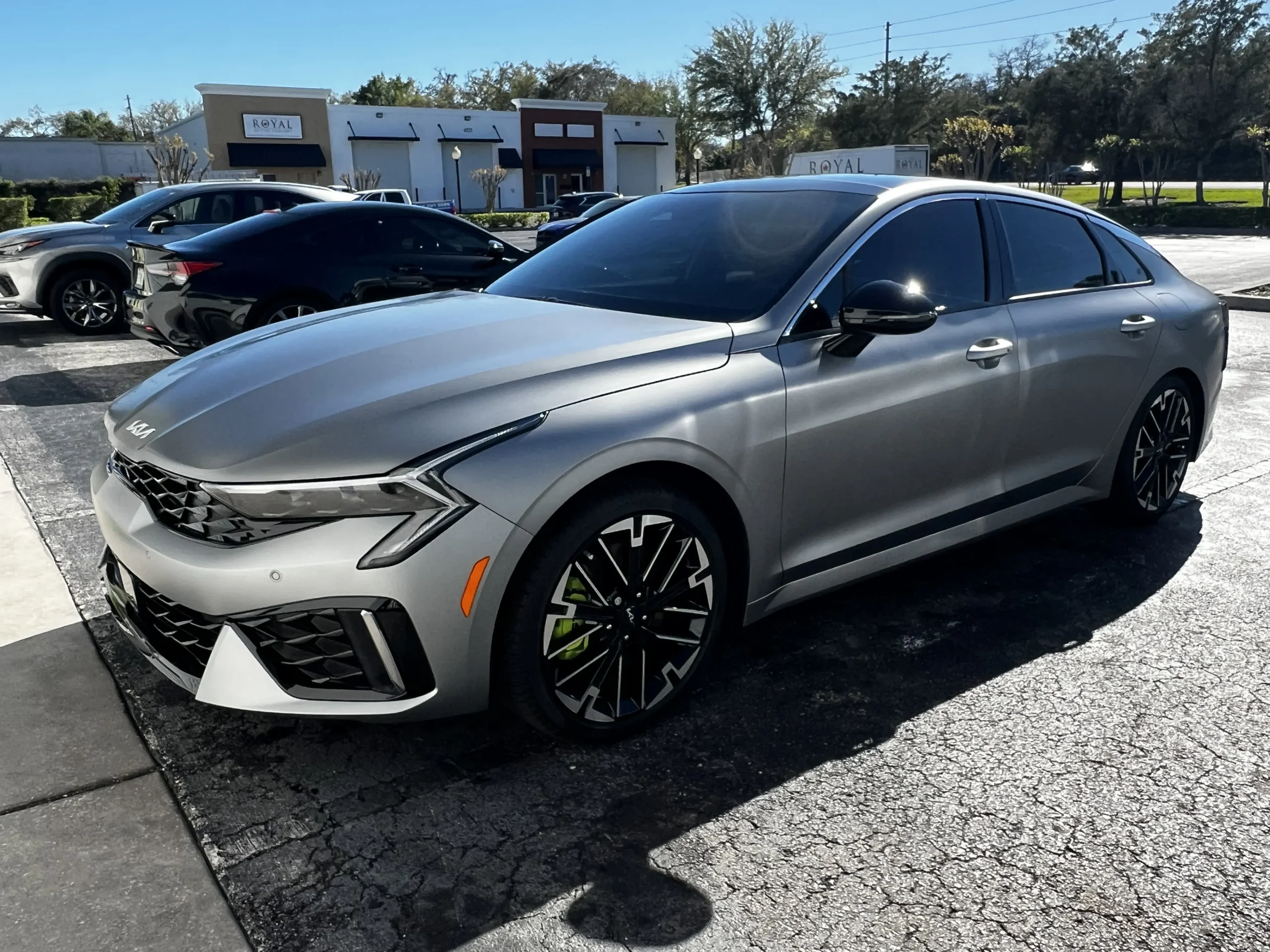From my experience, window tinting does more than just enhance your car’s look—it’s about added privacy, UV protection, and staying cool on the hottest days. There’s a right way and wrong way to do window tinting. Too dark, and you risk fines or even visibility issues. Too light, and you might miss out on some of the benefits.
Luckily, after trial and error, I’ve discovered a few tips to help you get your ride’s window tinting just right. Here’s what you need to know:
- Understanding window tinting percentage
- Understanding legal considerations
- Getting to know the purpose of window tinting
- Assessing vehicle use and environment
- Balancing aesthetics and functionality
- Testing before committing
Window tinting can be surprisingly complex, but by the end of this walkthrough, you’ll feel more confident about selecting a tint that suits both your lifestyle and your vehicle’s look. Keep reading—you’ll thank yourself later.
Understanding Window Tinting Percentage
When I started learning about tinting, the first term that tripped me up was Visible Light Transmission (VLT). VLT is the “tint metric,” but it’s simply a fancy way of saying “how much light gets through.” Here’s a breakdown of what VLT percentages mean and why they matter:
- Tint Percentage Explained: Tint percentage represents how much visible light passes through your car windows. For instance, a 5% tint only lets 5% of light through, giving that dark, limo look, while a 70% tint is quite light, letting most light pass through.
- Lower Percentages = More Privacy: A lower percentage means darker tint, which offers more privacy. If you like keeping things private or want to protect valuables, a low percentage might suit you.
- Higher Percentages = Better Visibility: The higher the percentage, the more light allowed in, which means better visibility—especially crucial for night driving. But, depending on your location, high percentages might not cut down as much glare or heat.
- Why VLT Matters: VLT affects everything from comfort to safety, so it’s essential to choose a balance. Start by considering how much privacy, visibility, and sun protection you want to achieve.

Understanding Legal Considerations
I’ll admit, understanding window tinting laws was the last thing on my mind when I first looked into tinting. But legal limits can vary widely, so here’s what to know:
- Know Your State’s Legal Limits: Each state has different regulations on front and rear window tint percentages, so double-check before tinting. Some states are stricter than others, especially on front windows.
- Avoid Costly Fines: Getting pulled over for a tint violation isn’t fun, and it could mean fines or forced removal. It’s worth it to get a tint that stays within legal limits, especially if you frequently drive across state lines.
- Check Local Resources: Many online resources can guide you to state-specific tinting laws, or your local tint shop should be able to help with accurate info.
- Get Expert Guidance: Pro window tint installers will gladly help you find the perfect tint that meets legal requirements. Whether you need advice on local laws or recommendations on a safe tint choice, rely on your local experts to make sure your decision feels as good as it looks.
Getting to Know the Purpose of Window Tinting
When it comes to choosing the right window tint percentage, understanding why you want tinting can make all the difference. Tinting isn’t just about style—it serves a range of purposes that can enhance your comfort, privacy, and even the longevity of your car’s interior. Here’s a breakdown of some of the most popular reasons people go for window tinting and how each purpose might guide your choice of tint percentage:
- Privacy: For those who want to keep prying eyes at bay, a darker tint can make your car feel like a private sanctuary. If privacy is top of your list, a lower percentage (darker tint) on the rear windows might be ideal, giving you peace of mind and a bit of mystery.
- Temperature Control: Tinting is like having built-in shade for your car. A medium to dark tint can significantly reduce heat, making a difference on scorching summer days and reducing your need for AC. If heat control is your main goal, opt for a tint percentage that balances darkness with visibility.
- UV Protection: According to Car and Driver, window tinting can block harmful UV rays. Just as you wouldn’t skip sunscreen, a quality tint helps shield you and your car from harmful UV light. Even a lighter tint with high UV-blocking properties can protect your skin and keep your interior from fading or cracking over time. If you’re concerned about UV damage, look for tints with high UV rejection, regardless of shade.
- Aesthetic Appeal: Let’s face it—sometimes, we just want our car to look sleek. A well-chosen tint can add a polished, modern look to any vehicle, whether you go for a light, classy shade or a bold, dark finish. If aesthetics are your focus, consider a tint that complements your car’s color and personality.
- Reduced Glare: Glare from the sun or other headlights can make driving uncomfortable and even dangerous. A medium tint can cut down on glare without compromising visibility too much, especially if you frequently drive during sunrise, sunset, or at night. If safety is a concern, a moderate tint might be just the right fit for you.
Assessing Vehicle Use and Environment
Your vehicle’s primary use and the environment you’re driving in are also big factors when it comes to choosing the right window tint for your ride. Here’s how they can affect your choice:
- Sunny Areas vs. Shaded Regions: If you’re constantly driving under bright sunlight, a darker tint could make your drive more comfortable. But, if you’re often parking in shaded or cloudy areas, a lighter tint may be sufficient.
- Type of Driving: For those who drive a lot at night, a lower tint percentage may reduce visibility, so a medium tint might be more practical. Meanwhile, if your car is mostly for commuting in sunny conditions, darker tints could be a great choice.
- Family Considerations: Think about who else rides with you. If you have children or elderly passengers, a tint that reduces glare and UV exposure might be more comfortable for them.

Balancing Aesthetics and Functionality
I’ve learned that balancing style with function is essential when it comes to tinting. Here’s how to get it just right:
- Pick Your Shade: Window tints come in various shades, each bringing a unique look to your car. Light tints can look sleek and professional, while darker shades create a more mysterious, bold look.
- Complement the Vehicle’s Exterior: Choose a tint that enhances your car’s color and style. A black car with a dark tint has a classic appeal, while lighter cars might look best with medium tints that create subtle contrast.
- Try Popular Tint Percentages: If you’re unsure, consider common choices like 35% for a balanced look or 20% for a more private, shaded feel. Each has its own style and can make your vehicle look uniquely yours.
Testing Before Committing
Trust me—trying before you buy can save you from buyer’s regret! Most tint shops offer ways to see different shades on your car first.
- Visit a Tint Shop With Display Vehicles: Many shops have display windows or even demo vehicles with various tints. This gives you a true-to-life sense of how each tint might look on your car.
- Use Removable Films: Some places offer temporary tint films you can apply to test the look and visibility. This way, you get a feel for the tint without fully committing.
- Ask the Experts: Speaking with tint professionals can be invaluable. From my experience, they often know what works best for specific car models and driving needs. They can share advice on how different percentages look and function.
Conclusion
Selecting the right window tinting percentage for your car is about more than aesthetics—it’s about finding that perfect mix of privacy, UV protection, and style that works for you. Consider legalities, your vehicle’s use, and personal preferences, and you’ll be fully equipped to make a decision you’ll love in the long run.
Take your time with this choice—test options, talk to experts, and really think about your driving experience. In the end, you’ll drive off with a tint that makes every trip better, cooler, and, yes, just a bit more stylish.

